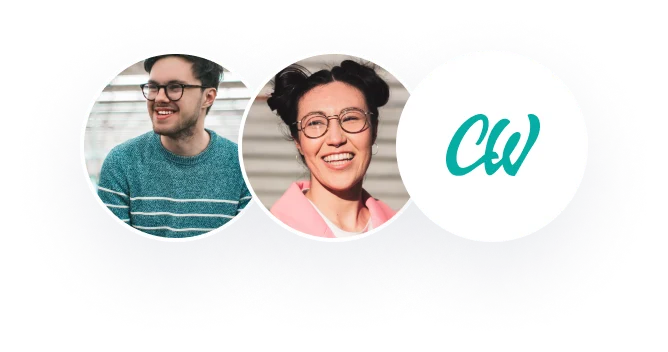Methods of Ship’s Autonomous Collision Avoidance in Complex Environments
Collisions at sea are a serious safety hazard, and they can result in significant property damage, loss of life, and environmental pollution. In recent years, there has been growing interest in the development of autonomous ships that can navigate and avoid collisions without human intervention.
Autonomous collision avoidance (ACA) is a complex problem that must take into account a variety of factors, including the ship’s position, speed, and heading; the position, speed, and heading of other ships; the surrounding environment; and the applicable regulations. In addition, ACA must be able to operate in a variety of conditions, including open waters, restricted waters, and congested waterways.
There are a number of different methods that can be used for ACA. Some of the most common methods include:
Course alteration: This involves changing the ship’s course to avoid a collision.
Speed alteration: This involves changing the ship’s speed to avoid a collision.
Combination of course and speed alteration: This involves changing both the ship’s course and speed to avoid a collision.
Communication with other ships: This involves communicating with other ships to coordinate collision avoidance maneuvers.
The choice of ACA method will depend on a number of factors, including the specific circumstances of the situation, the capabilities of the ship, and the regulations that apply.
In complex environments, ACA can be even more challenging. This is because complex environments can introduce a number of additional factors that must be taken into account, such as:
Weather conditions: The weather can have a significant impact on the ability of a ship to maneuver. For example, strong winds can make it difficult for a ship to change course or speed.
Ice: Ice can also be a hazard, as it can damage ships and make it difficult to navigate.
Tides and currents: Tides and currents can also affect the ship’s movement, and they can make it difficult to maintain a steady course.
Obstacles: Complex environments often contain a number of obstacles, such as islands, reefs, and other ships. These obstacles can make it difficult to avoid collisions, and they can also limit the ship’s maneuverability.
Despite the challenges, there has been significant progress in the development of ACA. In recent years, a number of new technologies have been developed that can be used to improve the safety of autonomous ships. These technologies include:
Advanced sensors: Advanced sensors, such as radar, lidar, and cameras, can be used to detect other ships and obstacles in the environment.
Decision-making algorithms: Decision-making algorithms can be used to analyze the data from the sensors and make decisions about how to avoid collisions.
Communication systems: Communication systems can be used to communicate with other ships to coordinate collision avoidance maneuvers.
The development of ACA is a complex and challenging task, but it is a critical step in the development of safe and reliable autonomous ships. As the technology continues to develop, it is likely that ACA will become increasingly effective and widespread.
References
Chen, Y., Wang, J., & Wang, Y. (2019). A review of autonomous ship collision avoidance technology. IEEE Access, 7, 125996-126006.
Kim, J., & Park, J. (2020). Autonomous collision avoidance system for ships using deep reinforcement learning. Ocean Engineering, 209, 107356.
Li, X., Liu, J., & Wang, L. (2022). A novel autonomous collision avoidance method for ships based on improved fuzzy logic. Ocean Engineering, 237, 112265.
Wang, Y., Chen, Y., & Wang, J. (2021). A novel autonomous ship collision avoidance method based on improved Q-learning. Ocean Engineering, 225, 108893.
